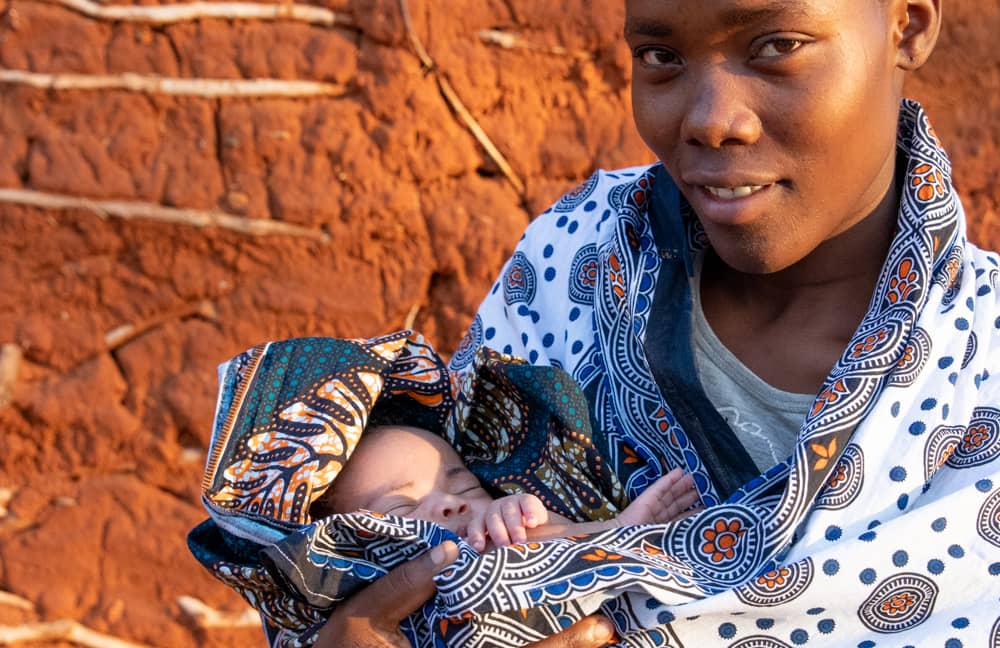
Lancet Global Health study on rates in South Asia and South Saharan Africa
Recently the Lancet Global Health released findings from a multi-country prospective cohort study that aimed to generate high quality data about population-based rates, timing and causes of maternal deaths, stillbirths, and neonatal deaths in South Asia and sub-Saharan Africa.
11 communities in South Asia and Sub-Saharan Africa were included in the study from Bangladesh, India, Pakistan, Zambia, Tanzania, Kenya, Ghana and the Democratic Republic of Congo. These countries represent the region where the highest burden of maternal/newborn deaths and stillbirths occur, but that have the poorest outcome data available.
The findings from the study showed:
- Rates of stillbirths and neonatal deaths were almost twice as high in South Asia than in Sub-Saharan Africa
- Proportion of antepartum stillbirths (macerated) were higher than intrapartum-related stillbirths (fresh).
- Less than 10% of all stillbirths were fetus-related causes.
- The major underlying cause of antepartum stillbirths were hypertensive disorders of pregnancy, infections, and placental complication resulting in antepartum hemorrhage.Together these three conditions accounted or three-quarters of antepartum stillbirths for which the cause was known.
- The major cause of intrapartum stillbirths was due to complications of labour and delivery, accounting for more than half of intrapartum deaths in South Asia and more than two-thirds of those in Sub-Saharan Africa sites.
- Less than 10% of all stillbirths were fetus-related causes.
- The two most common causes of neonatal death were perinatal asphyxia and severe neonatal infections including sepsis, meningitis and pneumonia.
- Complications of preterm birth accounted for about one in five neonatal deaths.
- These three conditions accounted for more than 90% of neonatal deaths.
- Proportion of mothers with schooling was very much correlated with number of stillbirth rates and neonatal mortality, showing a clear link that education leads to improved health outcomes.
- The biggest burden of death occurred from during labour, delivery and the first 24 h in sites in both South Asia and sub-Saharan Africa.
- Three most common causes of maternal deaths: obstetric hemorrhage, non-obstetric complications and hypertensive disorders of pregnancy, childbirth and puerperium.
- Pregnancy-related infection and obstetric complications were the next two most common cause of maternal deaths.
- Together, these five causes of death account for more than 90% of all maternal deaths in south Asia and sub-Saharan Africa.
This study funded by the Bill and Melinda Gates Foundation and conducted by the Alliance for Maternal and Newborn Health Improvement (AMANHI) reiterates that the period covering labour, birth and the first 24h after birth is the most critical for mortality prevention, and that perinatal asphyxia and neonatal infections are still the most important causes of death to address. The study helps organizations to manage and allocate resources in a way that targets areas where the highest burden of deaths occurs. We aim to take the findings from this study to ensure we are directing our focus on helping deliver the necessary interventions needed to improve survival.